These are the kinds of San Francisco roads Tesla's FSD had a hard time dealing with, report says
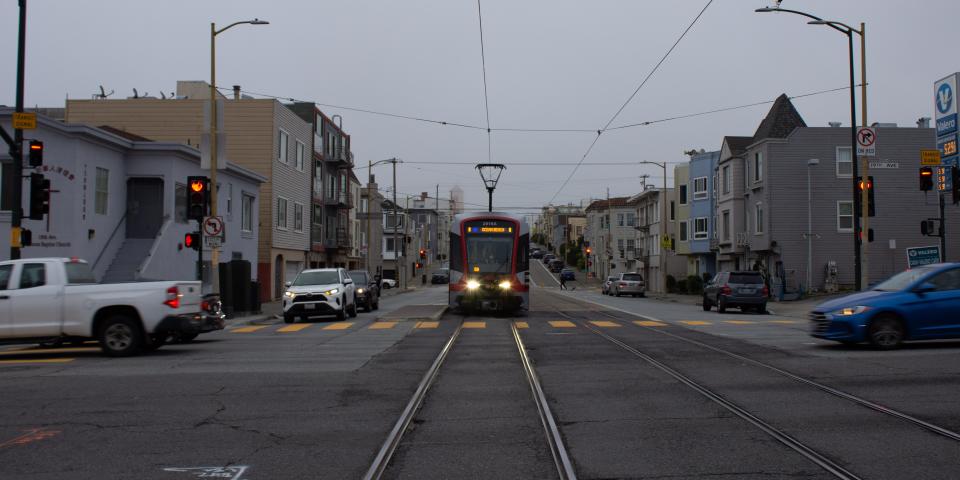
Tesla tested its Full Self-Driving in San Francisco's Sunset District, The Information reported.
An ex-Tesla employee told the outlet that the car often hesitated to make a left turn in the area.
These are some of the roads in the neighborhood Tesla could have had to deal with.
Tesla's driver-assistance feature had a difficult time dealing with left turns in a large San Francisco neighborhood, prompting the company to deploy dozens of test drivers to try to fix the issue earlier this year, a former Tesla employee told The Information.
One of Elon Musk's major promises — autonomous taxis — hinges on Tesla's ability to improve its Full Self-Driving (FSD) technology, a driver-assistance feature that can change lanes, enter and exit highway ramps, recognize traffic lights and signs, and self-park under driver supervision.
FSD differs from the company's Autopilot feature, which is essentially an advanced cruise control mode that can also auto-steer within clearly marked lanes, according to Tesla's website.
The EV maker has encountered various technical and legal issues with the FSD system as it races to meet Musk's ever-shifting deadlines — the CEO announced on X last month that he plans to unveil Tesla's robotaxi in August.
A former employee told The Information that one such technical problem Tesla recently encountered was driving its vehicles in San Francisco's Sunset District, a neighborhood bordered by Golden Gate Park to the north and the Pacific Ocean to the west.
As The Information noted in its report, some of Sunset's roads have dedicated lanes for public transportation — although that's not unique to the neighborhood.
Here's the city's Municipal Railway (MUNI) light rail bisecting Judah Street in the Sunset:
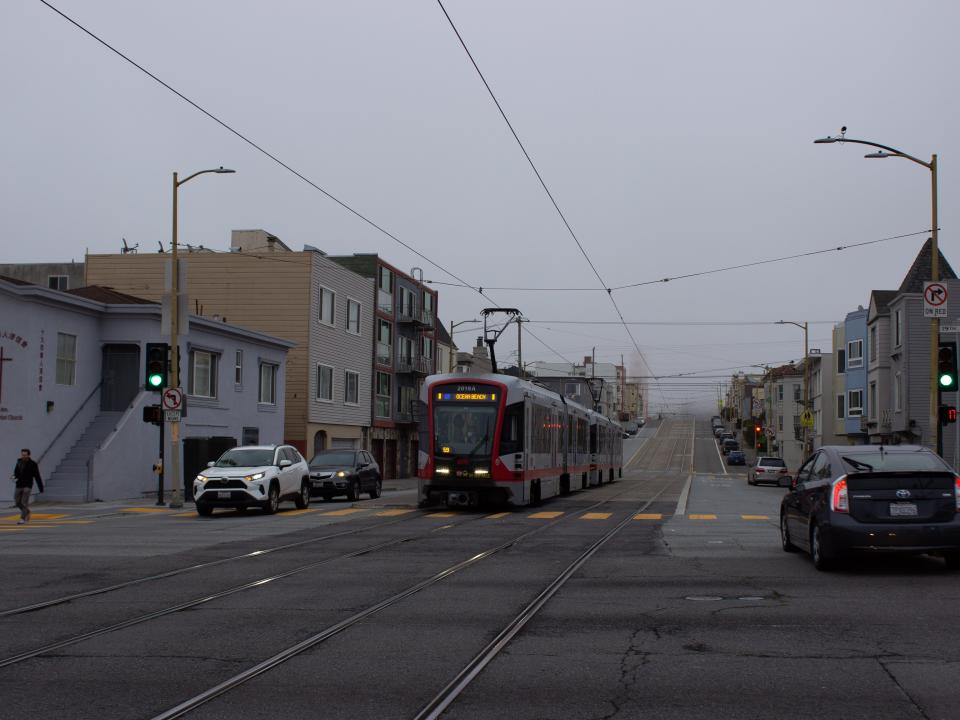
This fixture of Sunset's streets also comes with turn restrictions. Drivers are forbidden in some intersections from making left turns, U-turns, and rights on red.
One major road that borders the north of Sunset, Lincoln Way, is divided by barriers or narrow medians. Drivers have intermittent opportunities on the road to make left turns — some protected and others unprotected — while other parts of Lincoln Way restrict drivers from making any left turns at all.
It's unclear if other aspects of Sunset's grid trip up Tesla's FSD more than other San Francisco neighborhoods. A Tesla spokesperson did not respond to a request for comment.
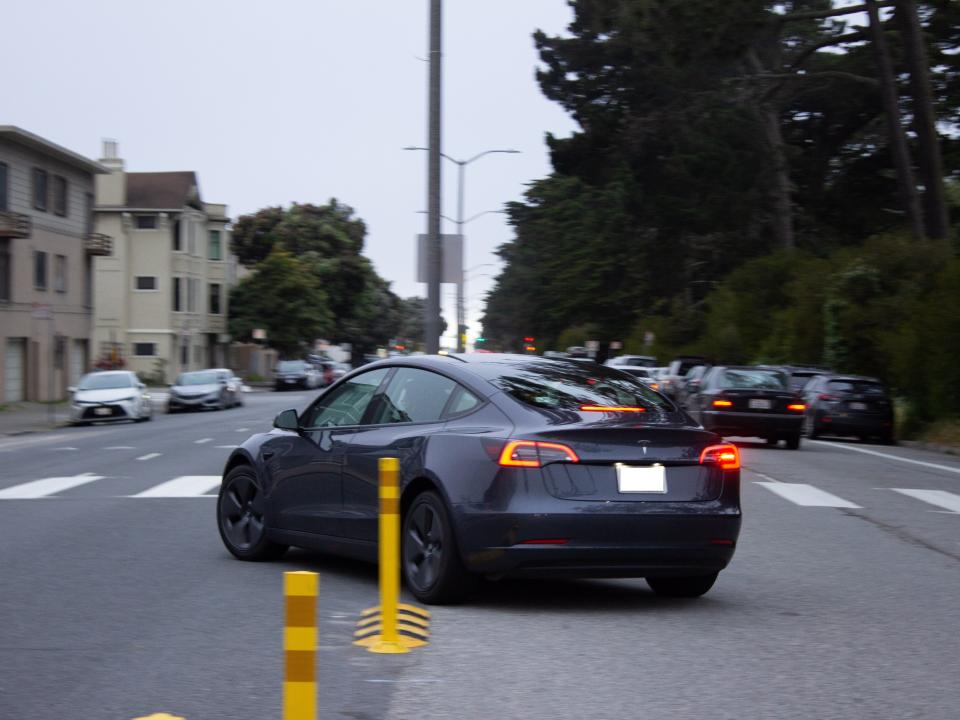
Tesla's team, however, found that drivers in the Sunset often had to intervene with the vehicle's FSD by taking control of the wheel, a former Tesla employee told The Information.
To address the problem, Tesla deployed dozens of test drivers and had engineers focus on providing software updates that could improve the FSD experience in the neighborhood, the source said.
The report didn't state whether those efforts vastly improved the feature in the area.
Tesla still dominates in San Francisco
San Francisco as a whole — with its dense population, restricted and one-way streets, as well as a vast artery of public transportation — can be a tricky city for novice drivers to navigate.
Another street that was once notoriously difficult for Tesla's FSD to work in was Lombard Street, a steep and windy road northwest of San Francisco. In 2021, one YouTuber, Tesla Raj, recorded himself constantly intervening with the system as the car veered toward the road's edges. The video also showed that the FSD system would, at one point, hallucinate objects around the street, quickly blinking images of a car or human figure on the screen.
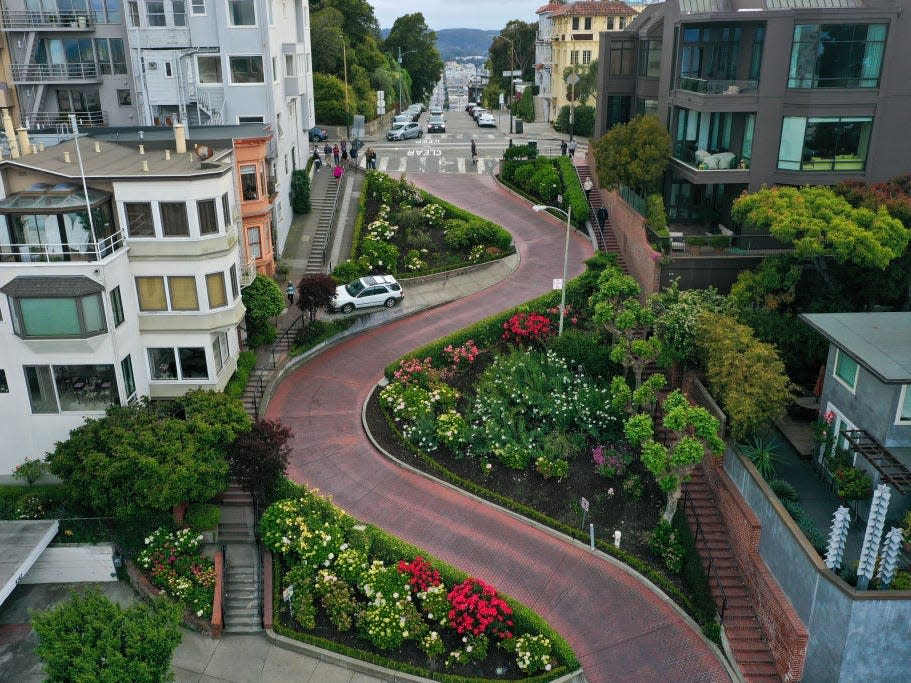
John Bernal, a former Tesla employee who worked with the Autopilot team, told The Washington Post in 2023 that Tesla engineers coded invisible barriers into FSD specifically for Lombard Street instead of making broader changes to the software.
Still, the city is teeming with Teslas. Data from S&P Global Mobility showed that the brand made up nearly one-fourth of all new-car registrations in the city in March 2023.
A Business Insider reporter was immediately able to flag down a Tesla driver who was stopped at an intersection in the Sunset.
The driver said she enjoyed her first Tesla Model X so much that she purchased the second Tesla she was driving four months ago. When asked about using the FSD feature in the Sunset, she told BI that she had "no problems" with it.
"I like it," the driver told BI.
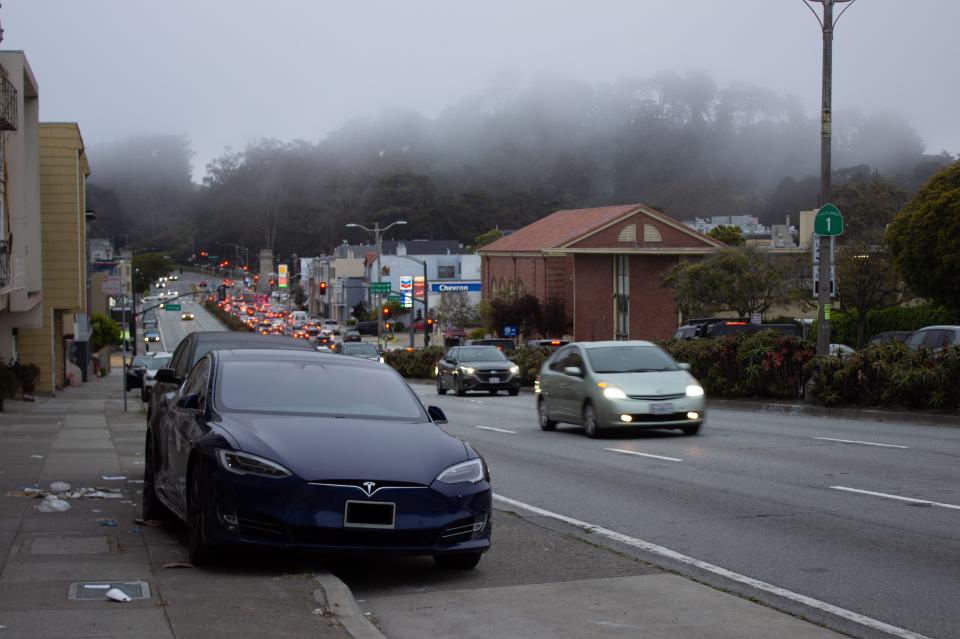
Next to a cheaper Tesla model, FSD remains a key part of the EV maker's valuation since Musk has promised for years to deliver fully autonomous cabs.
The CEO once said in 2022 that achieving self-driving technology is "really the difference between Tesla being worth a lot of money or worth basically zero."
Yet, seven years after FSD's release in late 2016, Tesla has yet to receive any regulatory approval to test autonomous cabs on public roads, and the term Full Self-Driving remains a bit of a misnomer since it requires an operator's supervision at all times.
The California Department of Motor Vehicles (DMV) accused the company in 2022 of false advertisement by using the term and claiming that the technology is autonomous in ads despite FSD's limitations. Tesla argued in defense that the DMV is violating its free speech rights and that the complaint has no legal standing because regulators took too long to make the allegations, The Los Angeles Times reported.
Tesla also still faces several lawsuits that blame the company's Autopilot, a less-advanced driver assistance technology, for fatal collisions.
In April, the company settled a lawsuit from the family of Walter Huang, who died in 2018 after his Tesla crashed into a concrete barrier while the vehicle was in Autopilot.
Read the original article on Business Insider

 Yahoo Finance
Yahoo Finance 